Top 20 Most Sustainable Cities for Living Green In The World
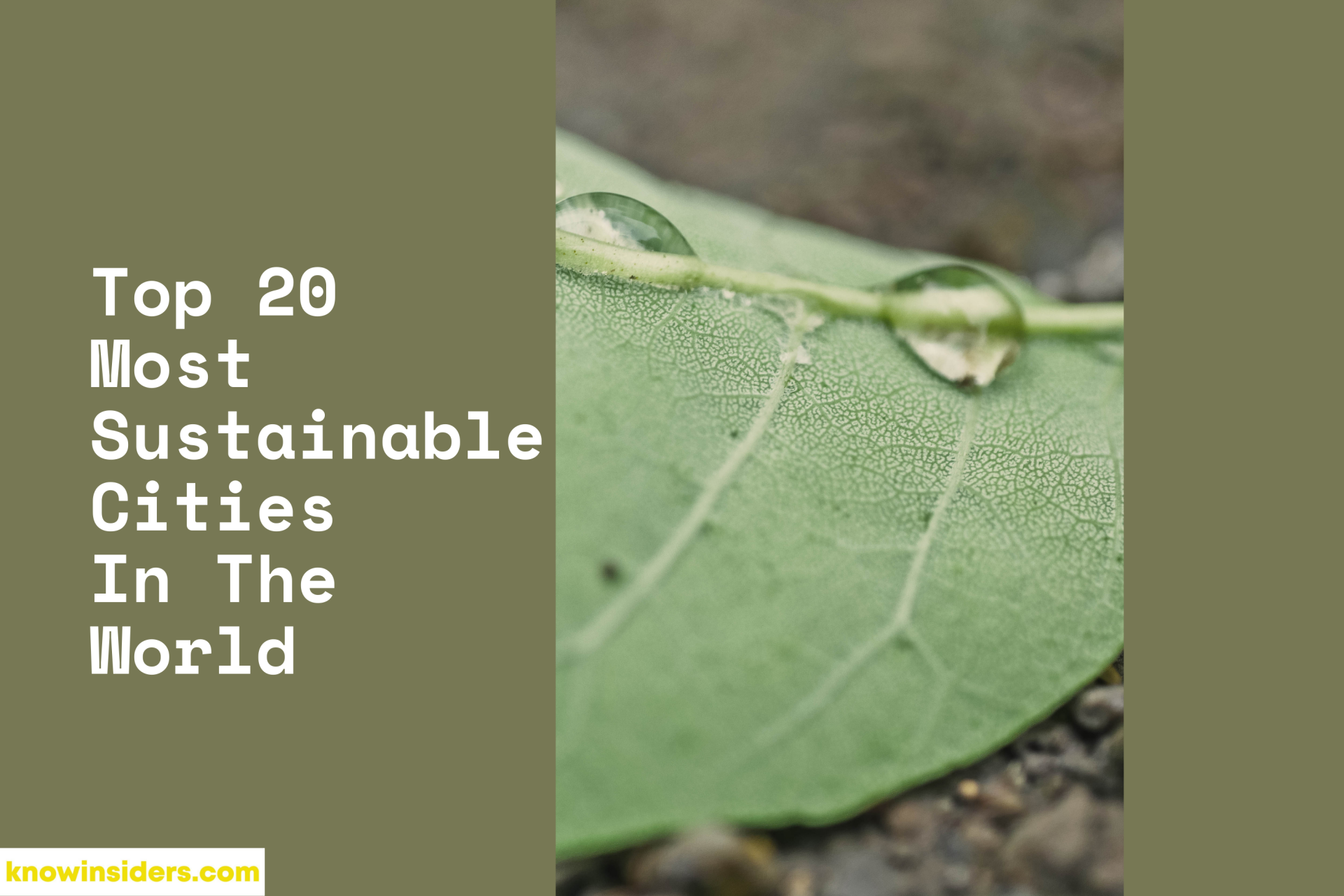 |
| Top 20 Most Sustainable Cities In The World. Photo KnowInsiders |
The Global Destination Sustainability Index (GDS – Index) has ranked the city of Belfast in the official top 20 list of most sustainable global destinations, rubbing shoulders with the likes of Sydney and Brussels.
The Index evaluated Belfast in several different key areas. The rankings saw Ireland’s second city climb just over seventy places in ranking to end the year in style.
The GDS Index describes its vision as to “engage, inspire, and enable destinations to become more regenerative and sustainable places to visit, meet, and thrive in.” It aims to create more sustainable environments the world over.
Top 20 Most Sustainable Cities For Living Green In The World
(According to Global Destination Sustainability Index)
1.Gothenburg, Sweden
2.Copenhagen, Denmark
3.Aarhus, Denmark
4.Glasgow, United Kingdom
5.Reykjavik, Iceland
6.Tirol, Austria
7.Lyon, France
8.Zurich, Switzerland
9.Bordeaux, France
10.Aalborg, Denmark
11.Melbourne, Australia
12.Umeå, Sweden
13.Kerry, Ireland
14.Brussels, Belgium
15.Sydney, Australia
16.Helsinki, Finland
17.Gent, Belgium
18.Cork, Ireland
19.Belfast, United Kingdom
20.Middelfart, Denmark
***
What Are The Top 20 Most Sustainable Global Destinations?
1.Gothenburg, Sweden
Gothenburg is not a global metropolis. It is not even a capital city. Even so, Gothenburg is a destination that makes an impact on big issues.
The city has a holistic perspective for the urban environment with a policy and programmes concerning its design. The subject of accessibility is central, and there is broad cooperation between administrations and companies. Another vital ingredient for success is meeting legacy incorporated in the Gothenburg Strategic Plan for Meetings. Gothenburg's approach to sustainability has gained international recognition. The city is a four-year consecutive leader in the Global Destination Sustainability Index (2016-2019) and was the European Capital of Smart Tourism in 2020.
It is also named the world's Best Sustainable City Stay 2021 by Lonely Planet.
2.Copenhagen, Denmark
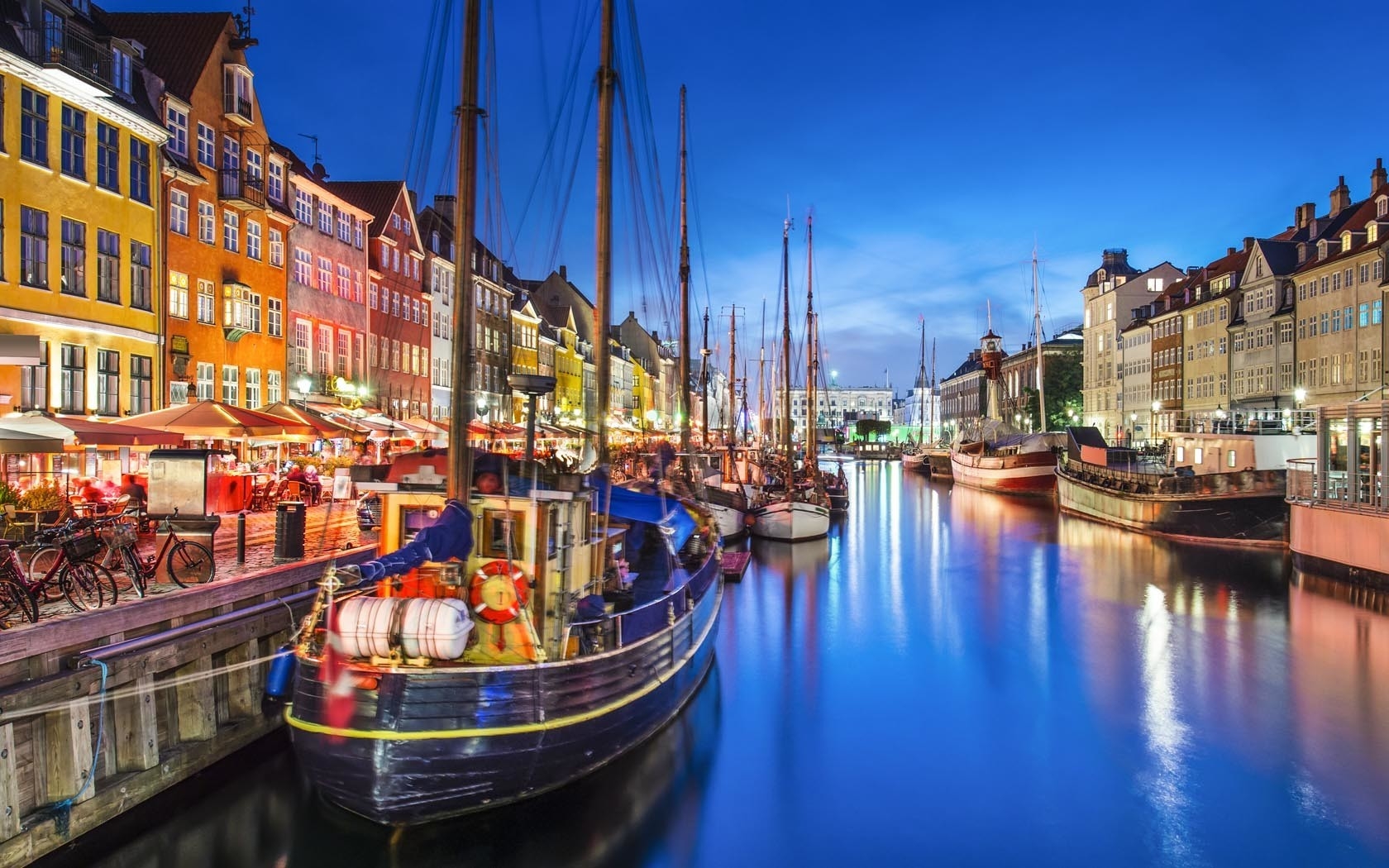 |
| Photo Eramus |
Denmark’s capital has long put sustainability at the top of its agenda, as have many of its inhabitants. Lots more initiatives are taking place this year as the city continues its bid to become carbon-neutral by 2025.
A significant landmark is Copenhill, which turns waste into energy to supply tens of thousands of homes and businesses. Amazingly, it is covered by a year-round artificial ski and snowboard slope, one of the longest in the world and an exciting novelty for both residents and visitors. Hikers are welcome in a new green space up top.
More than two-thirds of the city’s hotels hold an eco-certificate. The Scandic group is among those with a carbon-neutral target and each hotel has an environmental manager to ensure industry-leading standards of sustainable design, energy and food. Crowne Plaza and Nordic Choice Hotels are other hotel companies with strong environmental credentials.
3.Aarhus, Denmark
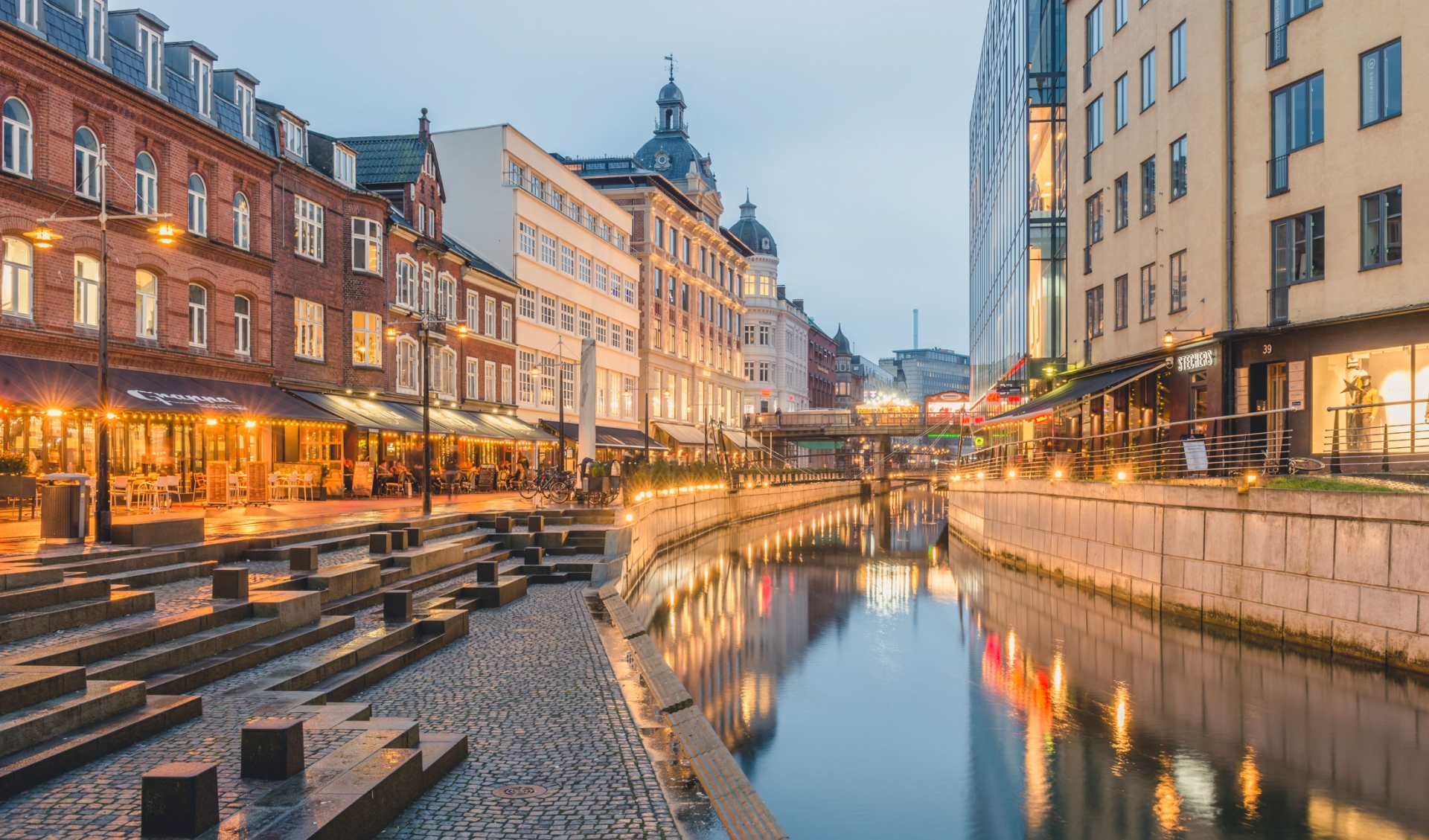 |
| Photo Gody |
Aarhus may be Denmark’s second largest city, but there’s nothing else second-place about it. This small metropolis on the Jutland Peninsula is fast becoming a major destination for meetings and conventions, particularly those with a science focus, and it’s also a leading light in sustainability.
‘Capitals talk, 2nd cities act’ is a catchphrase come true here; without the distraction of being the nation’s capital, Aarhus has been able to quietly focus on productive collaboration and excellence. Named European Capital of Culture in 2017, it’s a modern city, and thanks to its high student population and portside location, it’s a youthful, vibrant and international city too, offering culture and retail therapy in abundance. However, it’s also proud of its heritage.
4.Glasgow, United Kingdom
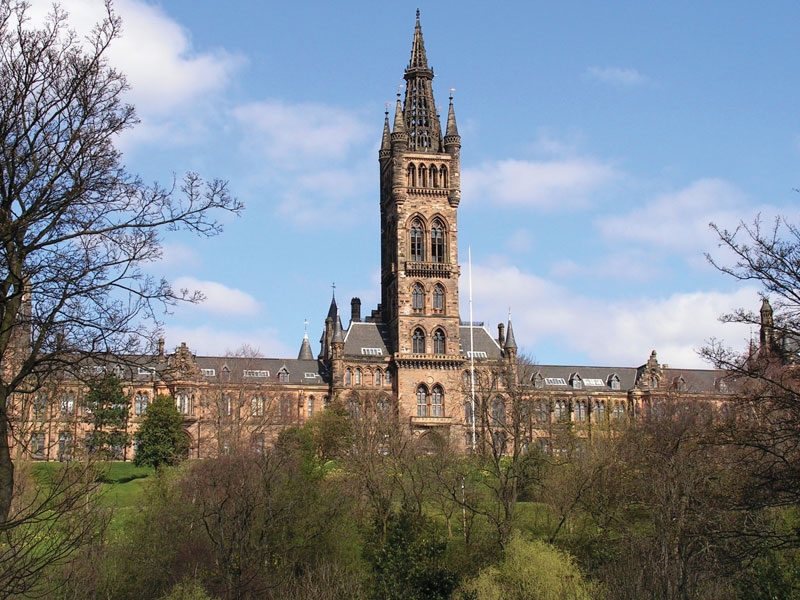 |
| Photo Britanica |
Glasgow has received global recognition as a sustainable city.
At an on-line awards ceremony for the Global Forum on Human Settlements (GFSH), Glasgow received the top prize of Global Green City for 2020.
The policies mentioned in this report are either newly formed or newly updated in light of COP26, which is taking place in Glasgow in November 2021. Thus, availability of impact reviews is limited. In some ways these policies are reactionary, following negligence in the waste management sector for instance; in other ways, they demonstrate Glasgow’s leadership, reflecting its current priorities and how far it wishes to take its climate and sustainability goals. As the world’s attention turns to Glasgow for two whole weeks this year, the city is seizing the opportunity to raise its own ambition level. Climate Scorecard will produce a report on Glasgow’s progress on these policies in the year following COP26.
5.Reykjavik, Iceland
The City of Reykjavík won the Nordic Nature and Environment Prize 2014 and the city is now in sixth place of the Global Destination Sustainability Index. The city is the world´s most sustainable city in the world. Reykjavik City has also put forward a climate policy paper with an action plan where goals are established for a carbon neutral city 2040.
Over 99% of electricity production and almost 80% of total energy production in Iceland comes from hydropower and geothermal power making meeting buildings quite naturally eco-friendly. No other nation uses such a high proportion of renewable energy resources. The Icelandic government has stated an objective of making Iceland the first nation to use only renewable energy for its power in the near future according to the Icelandic National Strategy for sustainable development. Reykjavik is a global centre for renewable energy research, as universities, government departments, public and private companies all contribute. renewable energy
6.Tirol, Austria
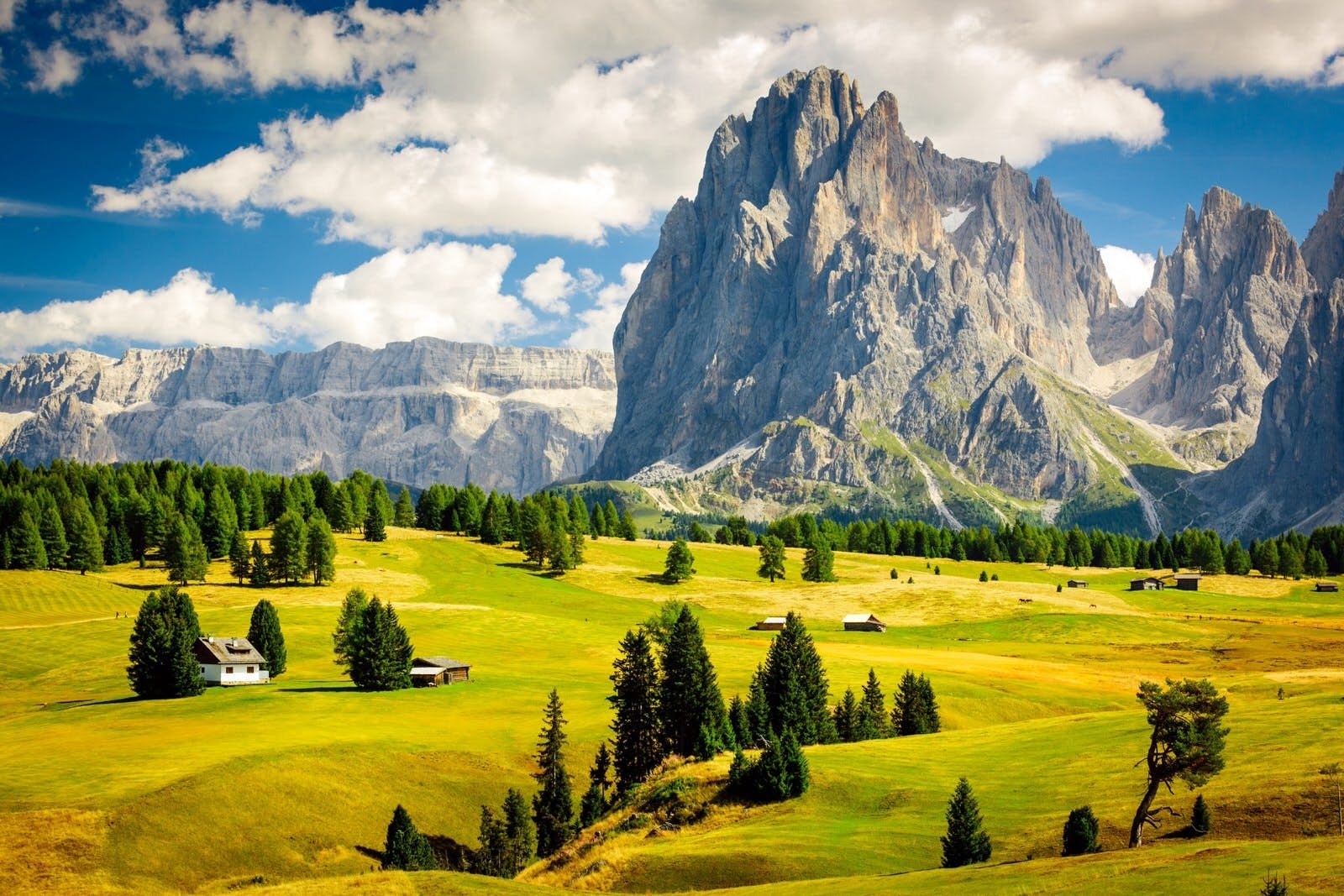 |
| Photo Getty |
Visitors to Tirol create most of their carbon footprint simply by travelling to and from the region. “Compared with other forms of summer holidays – such as long-haul flights and cruises – a holiday in Tirol actually generates a relatively small CO2 footprint. This is especially true when guests from neighbouring countries arrive by public transport,” comments Florian Phleps.
A video spot to be released by Tirol Werbung aims to encourage visitors to the region to think about more environmentally sustainable travel options when planning their holiday. “The topic is a serious one, but we decided to take a humorous approach to communicating this message which is of great importance to all of us,” explains the managing director of Tirol Werbung.
7.Lyon, France
In order to preserve local living conditions, Lyon is committed to promoting its heritage and ensuring that tourists and local residents live together in harmony, particularly through mediation.
The Lyon City Helpers provide an initial tourist welcome at strategic locations for local, national and international visitors. You can find them, for example, at the entrances of the famous Traboules of Old Lyon, where they ensure that the Charter of Good Practices for visiting the historical site of Lyon is respected.
READ MORE: Top 7 Most Famous Foods in France
8.Zurich, Switzerland
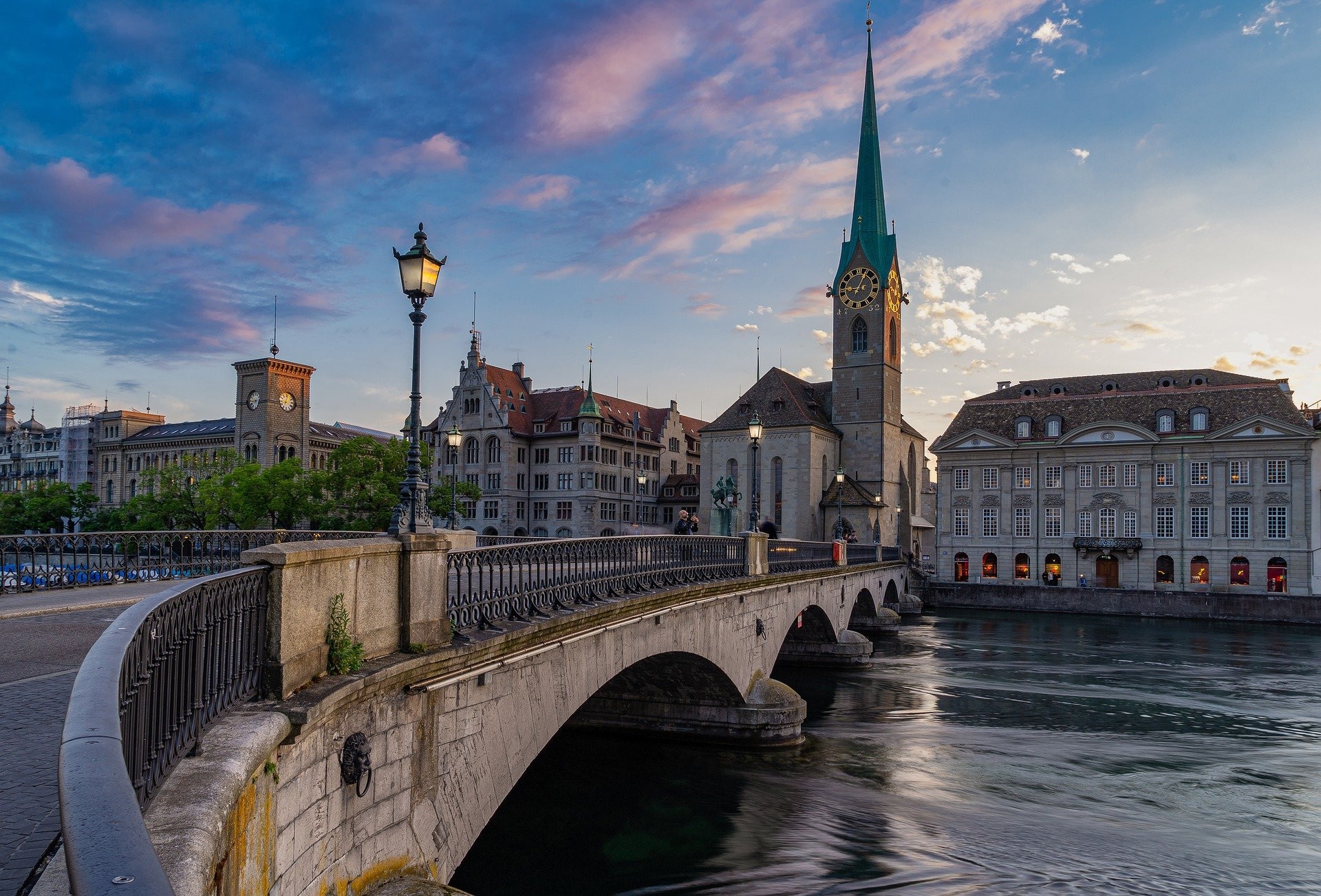 |
| Photo World Wide Windy |
The city of Zurich has a multicultural population of 380,500 and is the most populated city in Switzerland. It is located in North of the country and is only a few hours from the major European cities of Paris, Milan and Munich by train.
Environmentally, Zurich leads the way for cities around the world and a key reason for that is sustainable transport in the city. An important factor in creating more sustainable cities is reducing the dependence on the car. Improving public transport networks that are cheap and efficient for the those living in the city and the surrounding suburbs is just one aspect that needs to be addressed. Making it less convenient for cars to travel in and out and around the city also reduces the dependence on cars.
9.Bordeaux, France
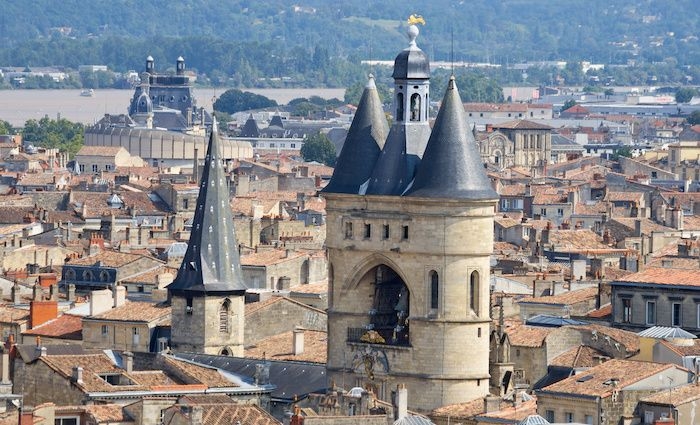 |
| Photo Tour Guy |
The sustainable participatory budget initiative empowers all residents to be agents in their own wellbeing. They are involved in every step of the project, from decision-making to implementation. The approach is inclusive, allowing every inhabitant to submit a project and vote, regardless of age and nationality.
The City of Bordeaux has demonstrated a holistic and multi-faceted approach to wellbeing through the development of its “Social and Territorial Cohesion Pact,” the larger project which encompasses the participatory budget.
10.Aalborg, Denmark
At the first European conference on Sustainable Cities and Towns in 1994 the Aalborg Charter was launched. With almost 3000 cities signing the Charter, it has been the single most successful European effort in sustainable urban development. In 2004 it was followed by the current Aalborg Commitments which intends to be a strong, local action-oriented tool. Today 600 cities across Europe have signed the Aalborg Commitments, including capitals as Paris, Stockholm, Vienna, Brussels and Madrid.
The Aalborg Commitments are designed to strengthen ongoing local sustainability efforts and have two main objectives:
They aim to raise awareness and highlight the need for local governments across Europe to act in an integrated way to meet the growing challenges of sustainability.
The Aalborg Commitments are designed as a practical and flexible tool for local action and achievements.
11.Melbourne, Australia
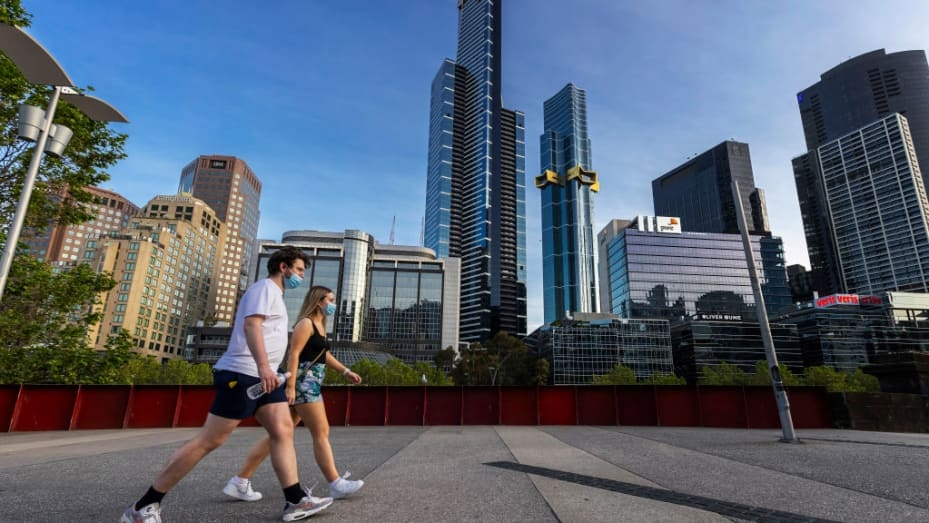 |
| Photo CNBC |
Melbourne authorities have received worldwide acclaim for their success in creating a sustainable city.
For the last 15 years, Melbourne has been running a comprehensive sustainability strategy that includes encouraging greater use of public transport and cycling along with more energy efficient construction. Now the city’s new council building has received Australia’s first six star green rating. It features automatic windows, wind turbines and water recycling systems.
One Melbourne’s next green initiatives is the 5 x 4 house, an energy efficient house built on a 5 x 4 metre plot land. The home will have a zero carbon impact on the environment. Another is the Murundaka Co-housing Community which is an eco-housing complex that focuses on community living and sustainability.
12.Umeå, Sweden
Umeå is a fast-growing city in Northern Sweden boasting a long tradition of ambitious sustainability policies. Located 600 km north of Stockholm, it has a subarctic climate, alternating short and fairly warm summers with lengthy and freezing winters.
The GoGreenRoutes vision of creating high-quality, multi-functional, accessible and inclusive public green spaces goes hand in hand with many of the city’s local sustainability goals, including its commitment to gender equality.
READ MORE: TOP 15 Most Popular Holidays in Sweden
13.Kerry, Ireland
County Kerry is renowned the world over for its beautiful scenery, including Ireland's highest mountain Carrantuohill (1,040 metres 3,414 feet) the Lakes of Killarney, its beautiful sandy beaches, cliffs and rocky headlands. No trip to Kerry is complete without including the panoramic Ring of Kerry drive on the Iveragh Peninsula. It stretches South West from Killarney for 65km (40 miles) and takes you through the towns of Kenmare, Sneem, Waterville, Cahersiveen, Glenbeigh, and Killorglin.
14.Brussels, Belgium
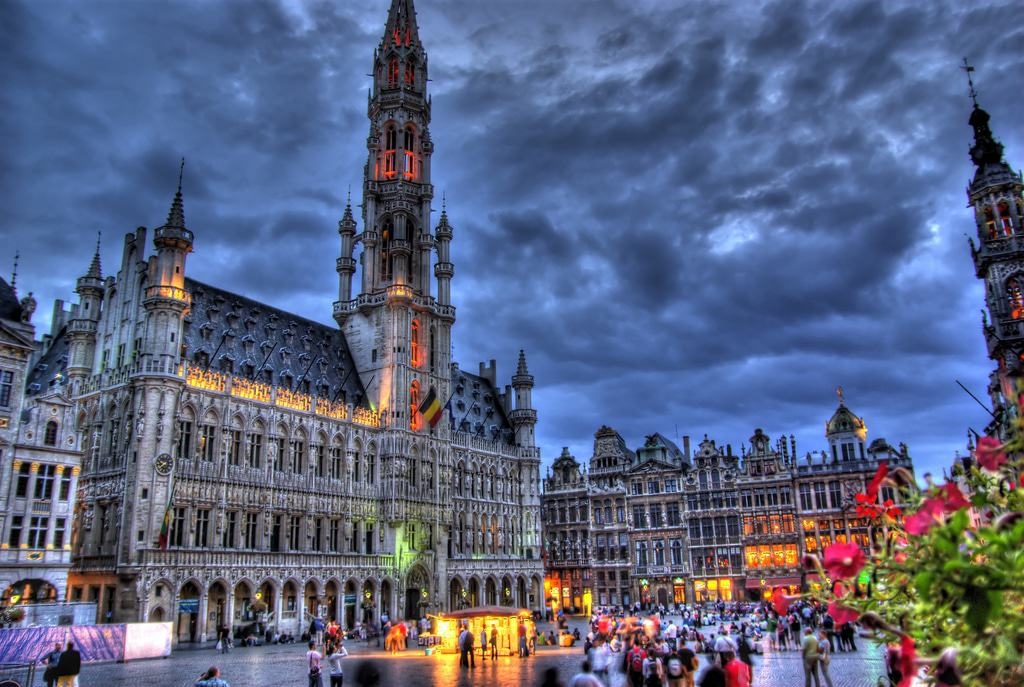 |
| Photo Crazy Tourist |
Brussels is also one of the greenest cities in Europe and the world. Green areas such as forests, public gardens, parks and sportgrounds take up 23% of the city. In the city center, the greenest area is the Warandepark, which is located in between the Belgian Parliament and the Royal Palace. Other beautiful and green areas are the Jubelpark, the Leopoldpark, the Terkamerenbos and the Woluwepark.
The capital of Europe does not only have many green areas, it is also one of the European cities that devotes itself to making immense efforts in terms of the environment and curbing climate change. Since 2004, Brussels has been implementing very ambitious climate policies to, among other goals, reduce CO¬2-emissions.
15.Sydney, Australia
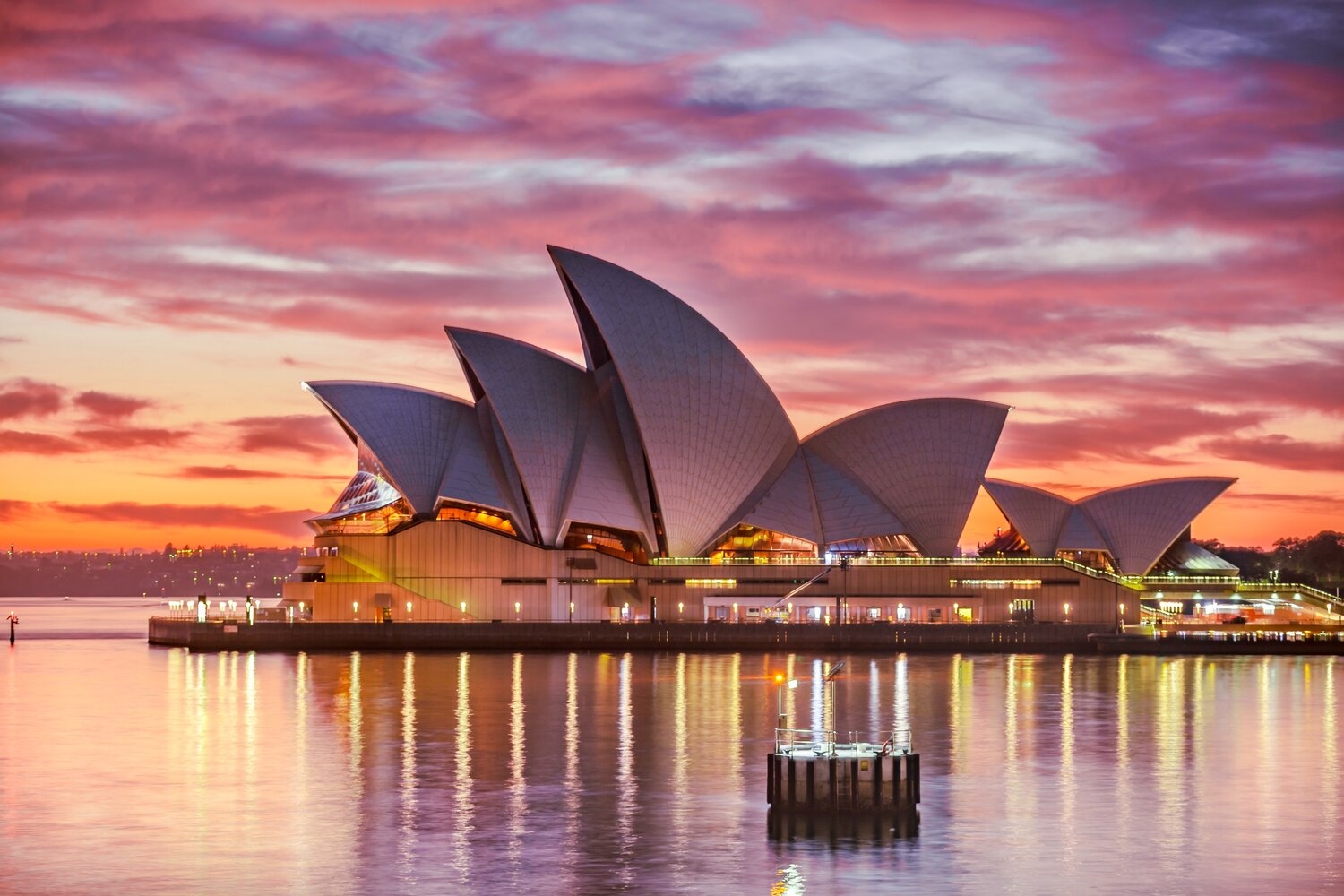 |
| Photo GLC Edu |
For Australia, nature and culture are inextricably linked. We are renowned for our rugged landscape–the uninhabited outback, stretches of sandy beaches and even urban green spaces. Coupled with our love of the outdoors, it comes as no surprise that sustainability is a priority for the entire country.
Sydney was ranked equal first for sustainability and the natural environment in PWC’s Cities of Opportunity, the global report that compared 30 cities on measures such as health, safety, transport and innovation. The city is on a mission to progress Australia’s sustainability credentials and Business Events Sydney is a supporter in driving this initiative forward.
16.Helsinki, Finland
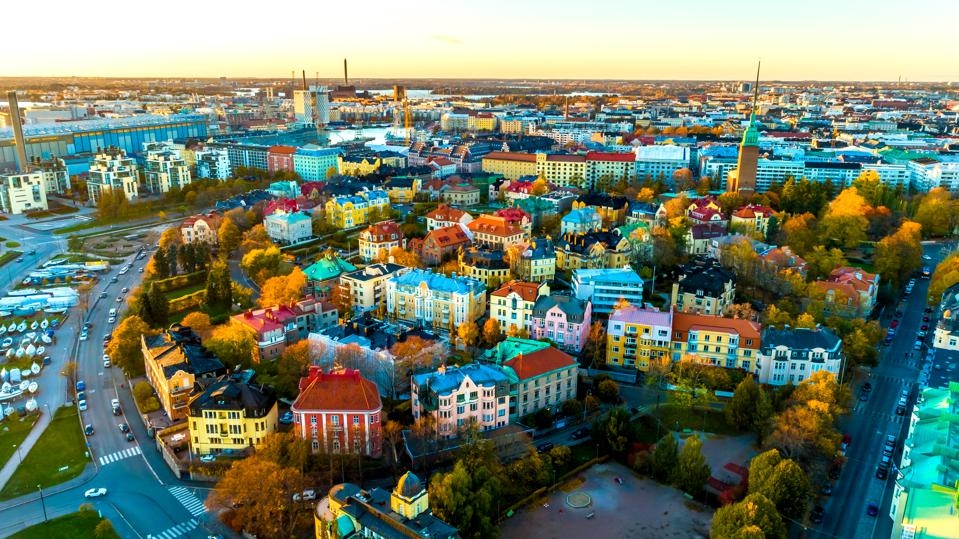 |
| Photo Forbes |
Households and private individuals are encouraged to make ecological everyday choices, but climate-related actions are also being taken by the city on a larger scale. Helsinki's current climate goals are significantly more ambitious than the rest of Finland or the EU region.
The City of Helsinki's strategy for 2017-2021 includes the goal of becoming carbon-neutral by 2035. An open tool has been devised to track progress towards this goal. The tool gives information about the subcategories of traffic, construction, the use of buildings, consumption, procurement, sharing and circular economy initiatives, and the set of so-called “smart & clean” actions.
17.Gent, Belgium
The city has an implemented sustainable urban mobility plan, which has doubled the size of the pedestrian area in the city centre. And, in 2020, Ghent put in place a Low Emission Zone that covers the whole city centre. Ghent is also a pioneer in the fields of sustainable fashion, liveable streets, food policy, cycling policy and citizen participation.
Ghent’s sustainability work occurs alongside ongoing challenges. Sustainable housing, for example, poses quite a challenge in the city, which has a beautiful historic centre, with heritage buildings that present unique challenges for refurbishment. The city is made up of a many individual houses, which makes group retrofitting nearly impossible. Plus, half of these are rented homes; this poses an extra challenge, as homeowners do not always see the direct benefit of investing in energy retrofits.
18.Cork, Ireland
The small Irish city of Cork has committed to reducing its CO2 emissions by 40% by 2030, compared to the baseline of 2016, and aims for net-zero emissions by 2050. In the diverse business centre, some of the world’s largest tech companies meet a significant agricultural industry producing meat and dairy, showing the importance of including the interests of workers and residents affected by these industries in climate action plans.
19.Belfast, United Kingdom
Climbing significantly from its 42% score in 2020, Belfast scored 70.7% on the global index according to GDS – Index.
Following evaluation of the city’s environmental strategy, social sustainability performance, industry supplier support, and the initiative of Belfast’s destination marketing of Visit Belfast, it ranked 19th in the list of most sustainable global destinations.
Belfast launched its ‘Resilience Strategy’ in December 2020, which listed 30 programmes to make Belfast city a more climate-resilient economy with a zero-emissions outlook. This has paid off.
20.Middelfart, Denmark
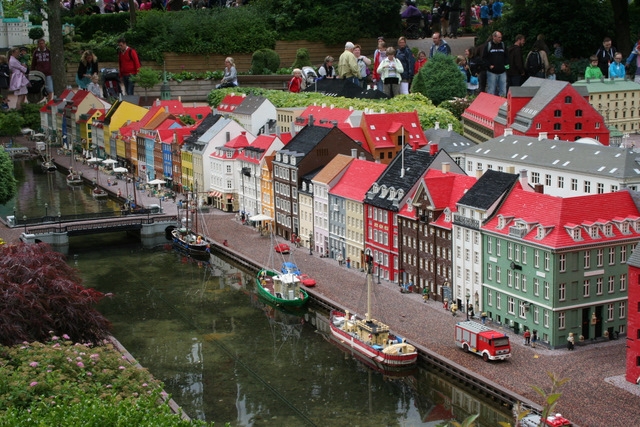 |
| Photo Embassy and Visa |
Middelfart Municipality is at the forefront of the fight for green buildings of high architectural quality. As the first building in Denmark, the Municipality's new city hall is certified with DGNB Platinum + Diamond thanks to close collaboration between engineers, architects and contractors.
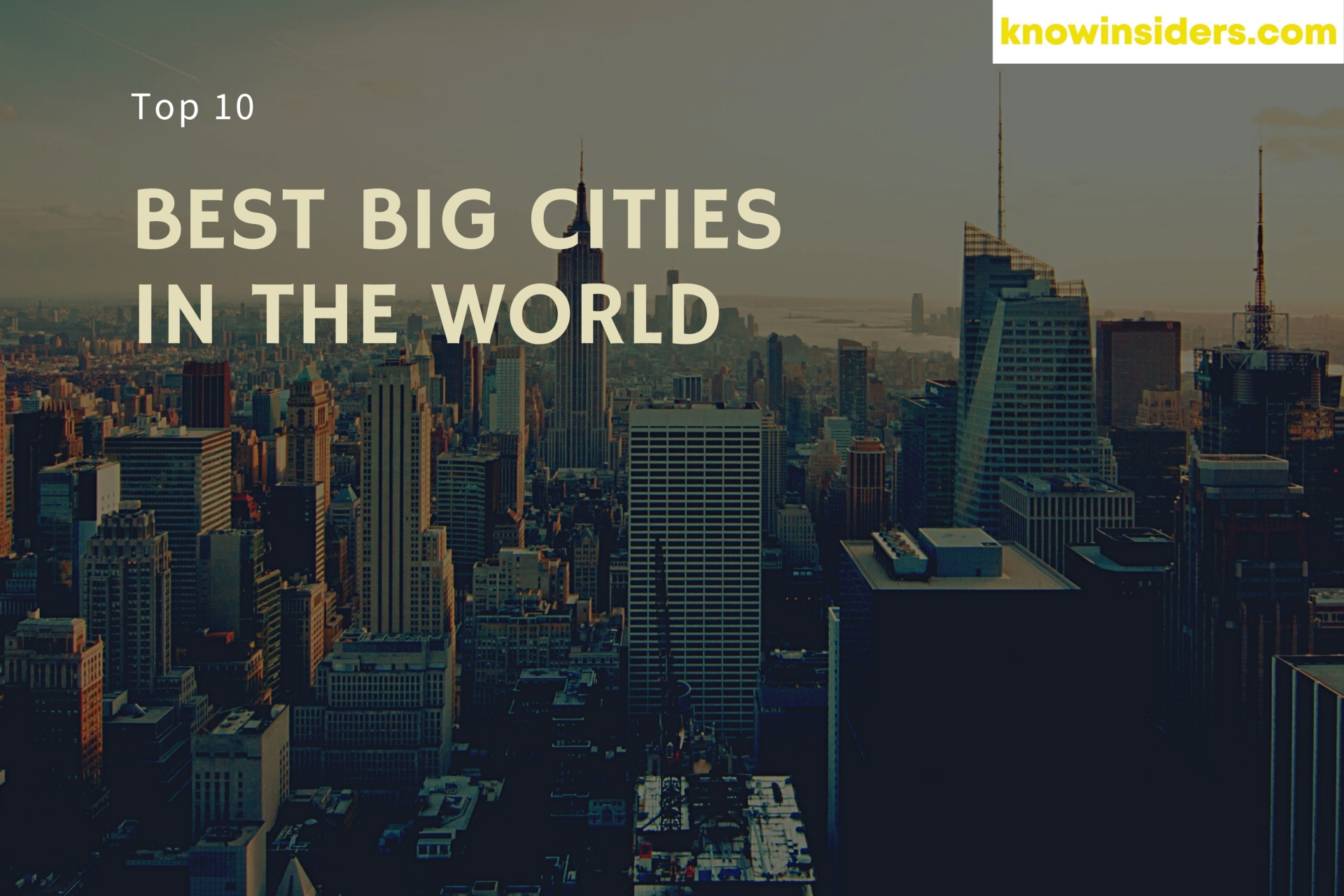 Top 10 Best Big Cities In The World Top 10 Best Big Cities In The World What are the best big cities in the world? Japan has three cities in the top. Take a look at the list below! |
 Top 10 Best Small Cities in the United States Top 10 Best Small Cities in the United States Which are the 10 best small cities to live in the US? Are you searching for an ideal place to settle down? |
 Top 30 Best Cities in the World Today Top 30 Best Cities in the World Today Resonance Consultancy today announced the world's top-performing cities in their annual World's Best Cities Report. Check out the top 30 best cities 2021/2022 below! |
























